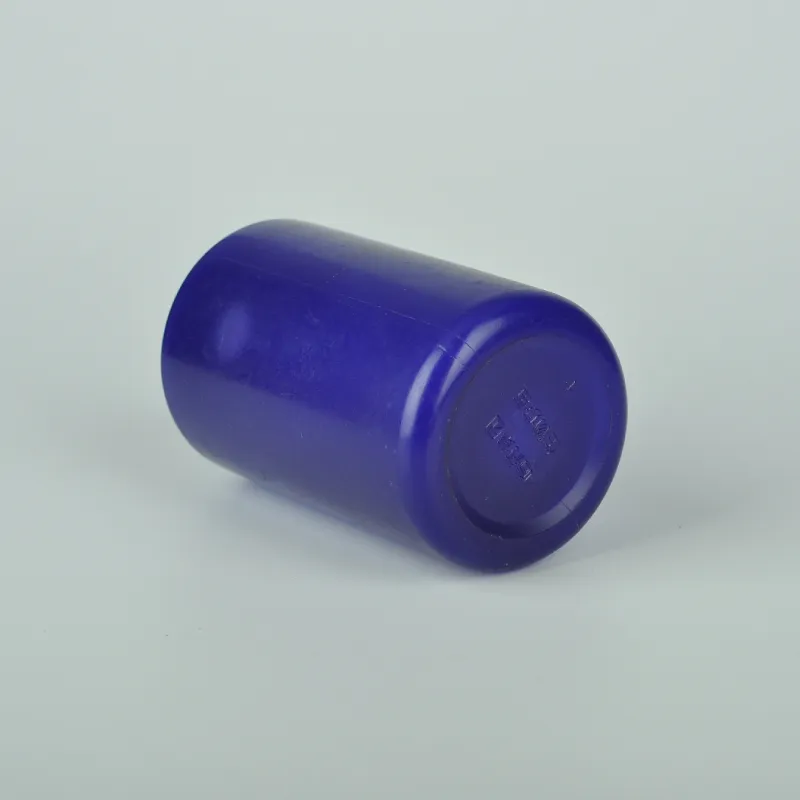what are culture plates
Culture plates are a fundamental tool in microbiology, widely used for the cultivation and isolation of microorganisms such as bacteria, fungi, and other pathogens. These plates are typically made of glass or plastic and contain a nutrient-rich medium that provides the necessary environment for microbial growth. Understanding culture plates is essential for researchers, clinical laboratories, and anyone involved in biological sciences.
The basic design of a culture plate is a shallow, flat dish with a lid that creates a controlled environment. The most common type of culture medium used is agar, a gelatinous substance derived from seaweed. Agar provides a stable solid surface for microorganisms to grow, while also supplying essential nutrients. Different types of culture media can be formulated to select for specific types of organisms; for instance, some media are enriched with nutrients to support fastidious organisms, while others contain selective agents that inhibit the growth of certain bacteria while allowing others to thrive.
.
Once inoculated, culture plates are incubated at appropriate temperatures and conditions specific to the type of microorganism being cultured. Bacteria typically proliferate rapidly, and within hours to days, the plates can exhibit visible colonies that vary in color, size, and texture. Identification and characterization of these colonies can provide valuable information about the microbial population present in the sample.
what are culture plates

In a clinical context, culture plates are indispensable for diagnosing infectious diseases. By isolating the causative organisms from patient specimens, healthcare providers can determine the appropriate treatment based on the sensitivity of the pathogen to various antibiotics.
In research, culture plates offer insights into microbial ecology, antibiotic resistance, and metabolic activities. As techniques advance, the future of culture plates may incorporate high-throughput methods and automation, enhancing their application in both clinical diagnostics and research laboratories.
In summary, culture plates are vital tools in microbiology that support the growth, isolation, and identification of microorganisms. Their role stretches from clinical diagnostics in hospitals to research in laboratories, showcasing their importance in understanding the microbial world.
-
Aesthetic Makeup Spray Bottles | Fine Mist Empty RefillableNewsAug.19,2025
-
White Plastic Veterinary Vaccine Vials | Lab Liquid BottlesNewsAug.18,2025
-
Plastic Medicine Liquid Bottle: Secure Flip Top Drug VialsNewsAug.17,2025
-
Durable 250ml Blue Plastic Vaccine Vial for Lab & Vet UseNewsAug.16,2025
-
Sterile Virus Sample Tubes: Secure & Reliable Specimen CollectionNewsAug.15,2025
-
White 250ml Plastic Vaccine Vial for Lab & Vet MedicineNewsAug.14,2025
























